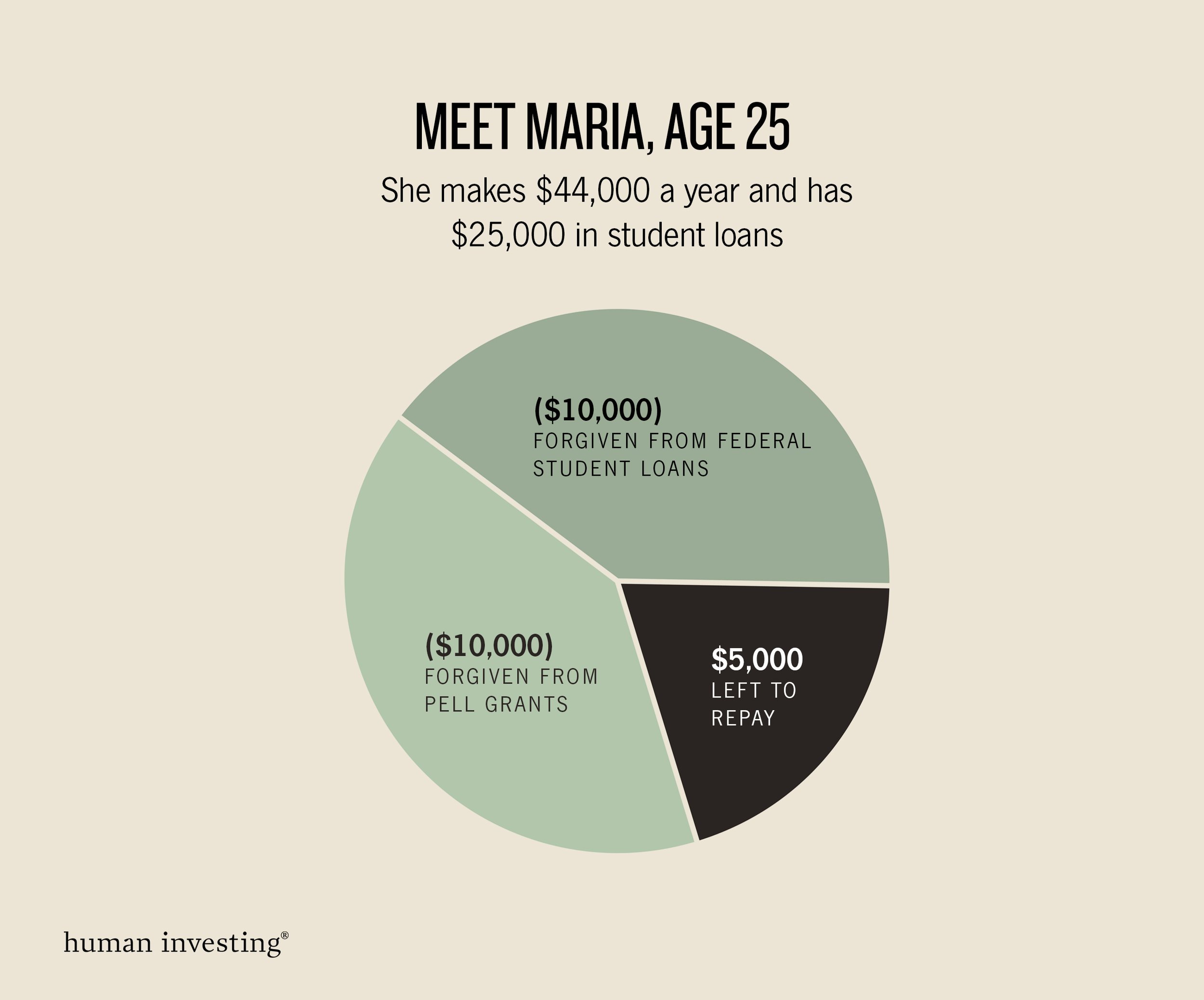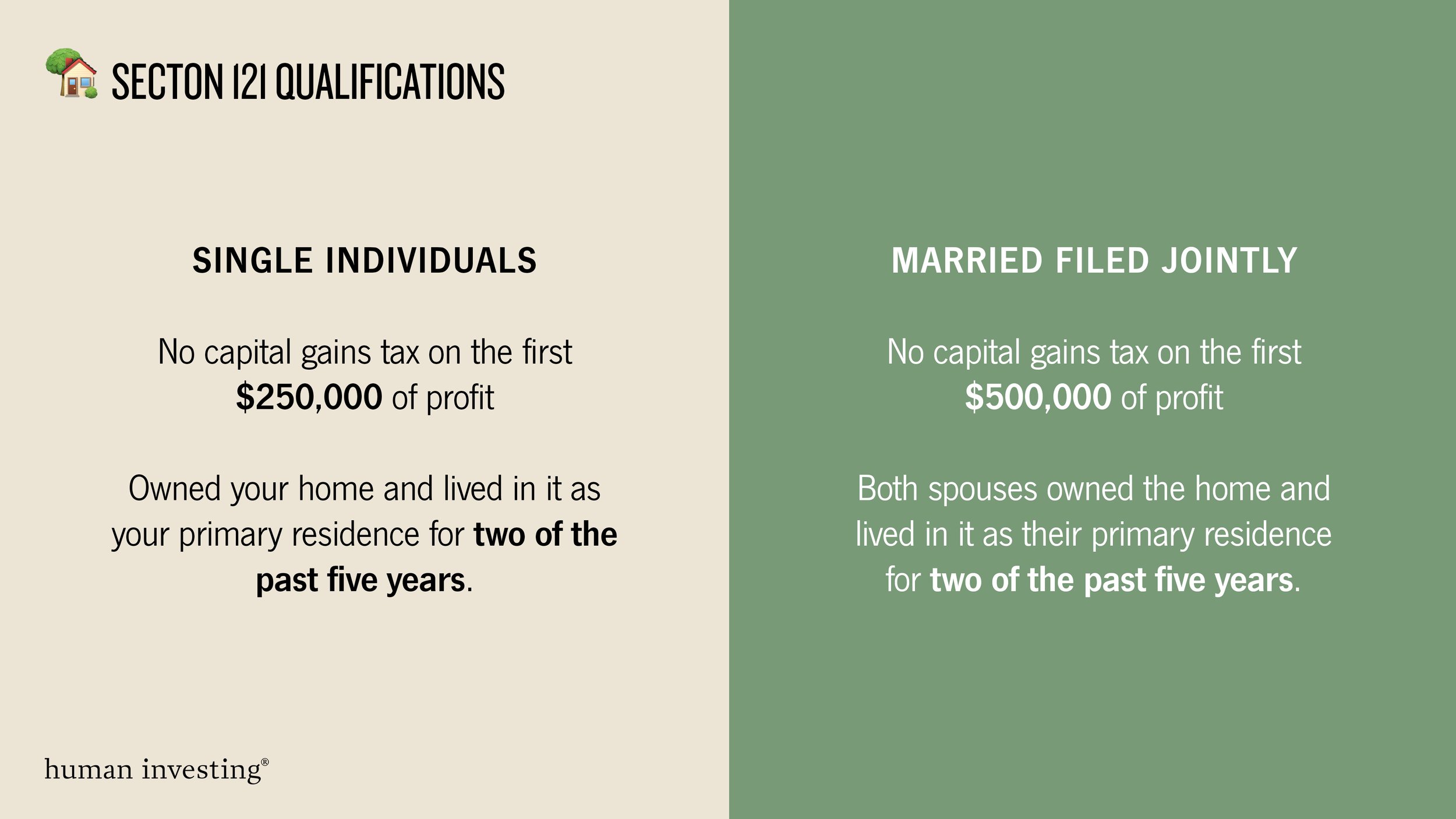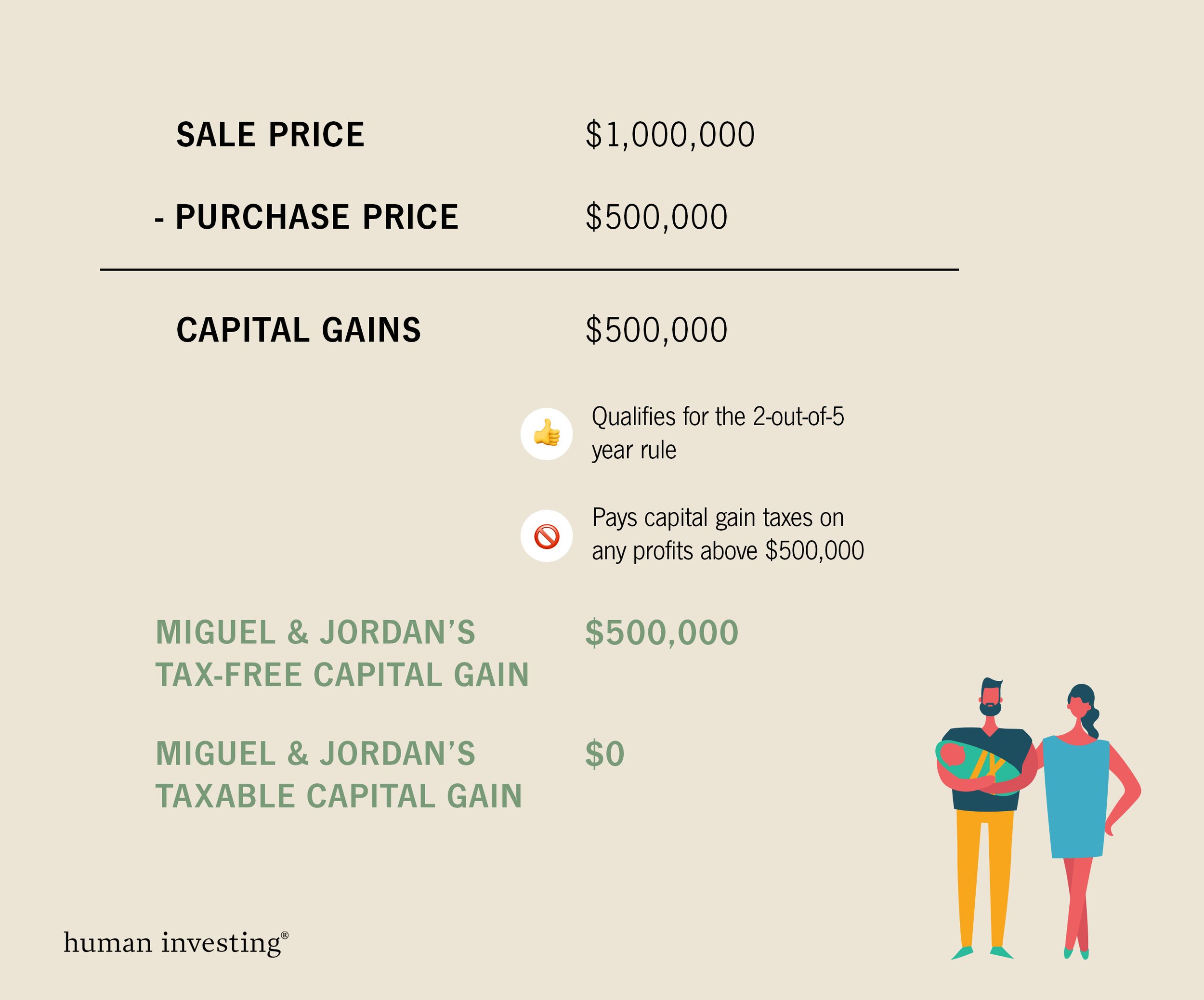People often talk about what they’d do if they had “extra” money. The reality is, though, that there’s not really such a thing as “extra” money. Extra means left over, or a surplus. For almost everyone, there’s somewhere that money should be going, whether it’s to pay down debt, add to a savings account, invest, or begin planning for retirement. Thus, it’s not actually extra, even if all your bills are covered.
Your job with whatever money comes your way is to make it work for you. You have to tell your money where to go or it will tell you where you can and can’t go—on vacation, for example.
The best way to ensure that all your money is going where it needs to is to make a monthly budget—and stick to it. You must think of your monthly budget as a dynamic document; it’s going to change and adjust to whatever life brings your way.
Review Your Inflows and Outflows
Money comes in, and money goes out. Often, it feels like it’s going out before you even have it in hand. Get better control over this feeling by creating a document that helps you see exactly what’s coming in and where it needs to go.
Create your budget.
Use a spreadsheet on a program such as Excel, Numbers, or Google Docs to help you draft an understanding of your monthly income and expenses. Don’t forget to account for any expenses you have that occur annually or semi-annually, such as car insurance.
Choose a document that you have easy access to and that feels comfortable for you to use. You can also make a note on your phone with all the bills that come out each month or pay period, and you can check them off as they come out of your bank account. That way, you always know what’s going to come out during the next couple of weeks so you don’t overspend.
Take an honest look at your spending.
Analyzing where we might be part of the problem isn’t always easy. However, the truth is that many people make enough money to live on, and they simply live outside their means, accruing debt at an exponential rate. Look carefully at where all your money is going, down to the last dollar.
How much do you spend on eating out for lunch? Are you buying new clothes every month? Do you have a handful of monthly subscriptions that you aren’t using or that you don’t need? You have to balance your spending with your financial goals. If you want to save more money, then maybe you can think about packing lunches from home or only buying clothes on sale. Or, you can cancel those unused accounts and automatically put that money toward your savings account.
Check out some of the programs available to help you budget, such as Mint, You Need a Budget (YNAB), or EveryDollar. Some programs are free or have a no-pay level, but others offer advanced budgeting and investing advice for a monthly or yearly fee. However, before you sign up for a service that costs money, determine if what it offers aligns with where you need help. You also need to determine if you’re committed to tracking your spending and sticking with a budget; otherwise, it will just be more money going out that you aren’t using. Start with free resources like Google Docs or Notes, and then move on to a paid service such as YNAB.
Grow your emergency account.
No one wants to live paycheck to paycheck. It’s stressful and frustrating, and you’re living to work instead of working to live. Growing your nest egg has to start somewhere, and once you see how good it feels to have a hefty chunk of savings that you can rely on (instead of a credit card) it will motivate you to keep going with responsible financial planning.
We advise all our clients to have three to six months of monthly expenses in an emergency savings account. This savings account will not only enable you to use cash for an emergency instead of an interest-racking credit card, but it will serve as a constant reminder of how hard you’ve worked to get to where you are. This emergency account should be able to cover rent, food, transportation, and a phone for at least six months. Once you have it built up, you can feel free from the vicious cycle of credit cards. Whenever you have to pull from your account, like if your car breaks down, pat yourself on the back for having cash on hand. Then, build it back up again before you begin saving for or investing in something else.
Consider becoming a credit union member.
If you’re overwhelmed by the idea of building and sticking to a budget on your own, community credit unions have trained financial coaches who help members build and stick to a budget. These financial coaches can help answer questions and give you feedback about your budget. We work closely with Rivermark Community Credit Union, and they have financial coaches at every branch who can work with members to create a budget, plan for their finances, or consolidate debt. Best of all, this service is included as a benefit of credit union membership!
Don’t be ashamed about needing to ask for guidance! People all over the world have struggled with debt since trading and currency made their way into human culture. We have to learn financial literacy and take responsibility for our spending—these things aren’t usually taught in school or during adolescence, so most adults have to figure it out themselves. Use your resources and choose to prioritize your future.


















































































